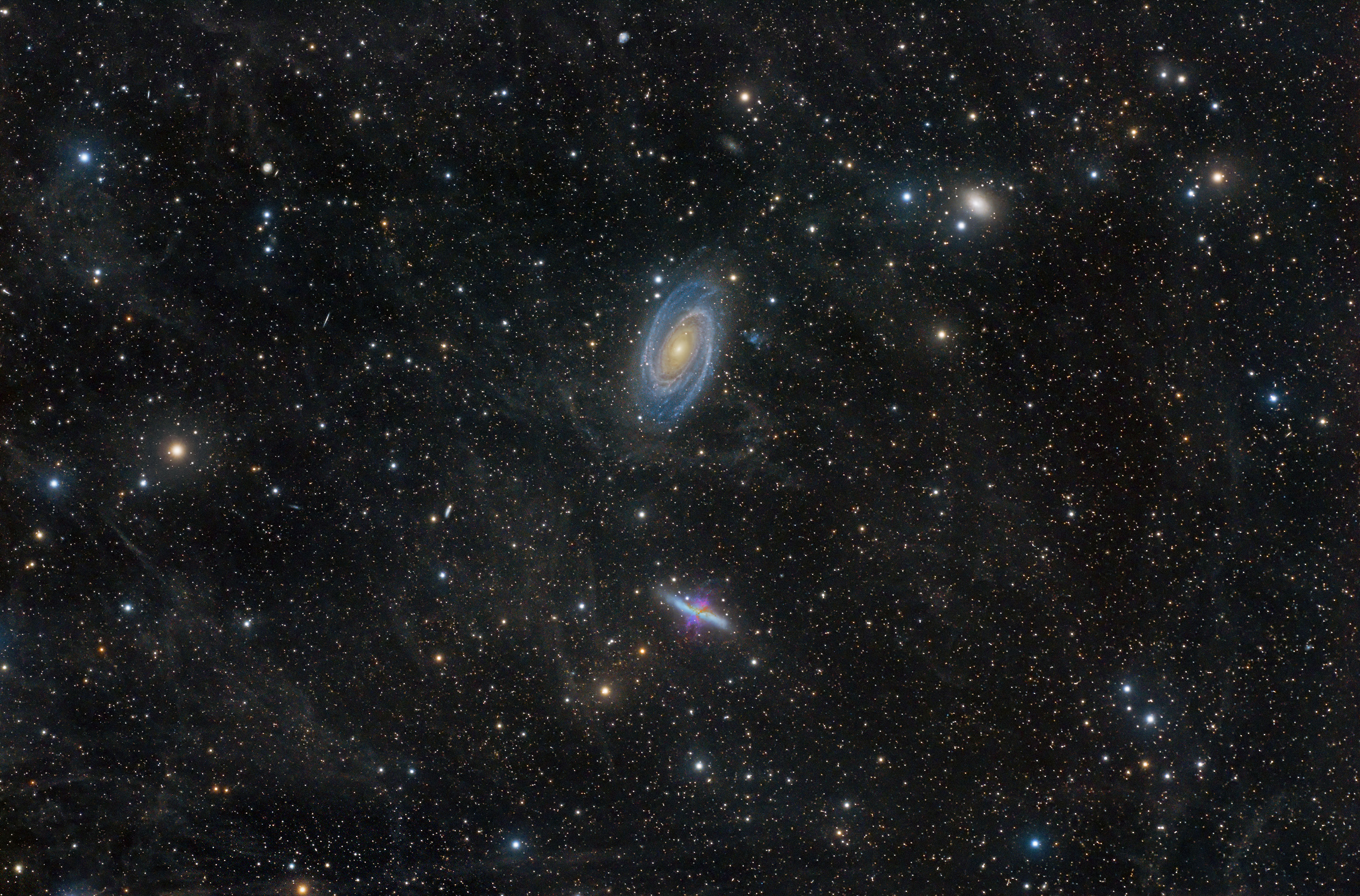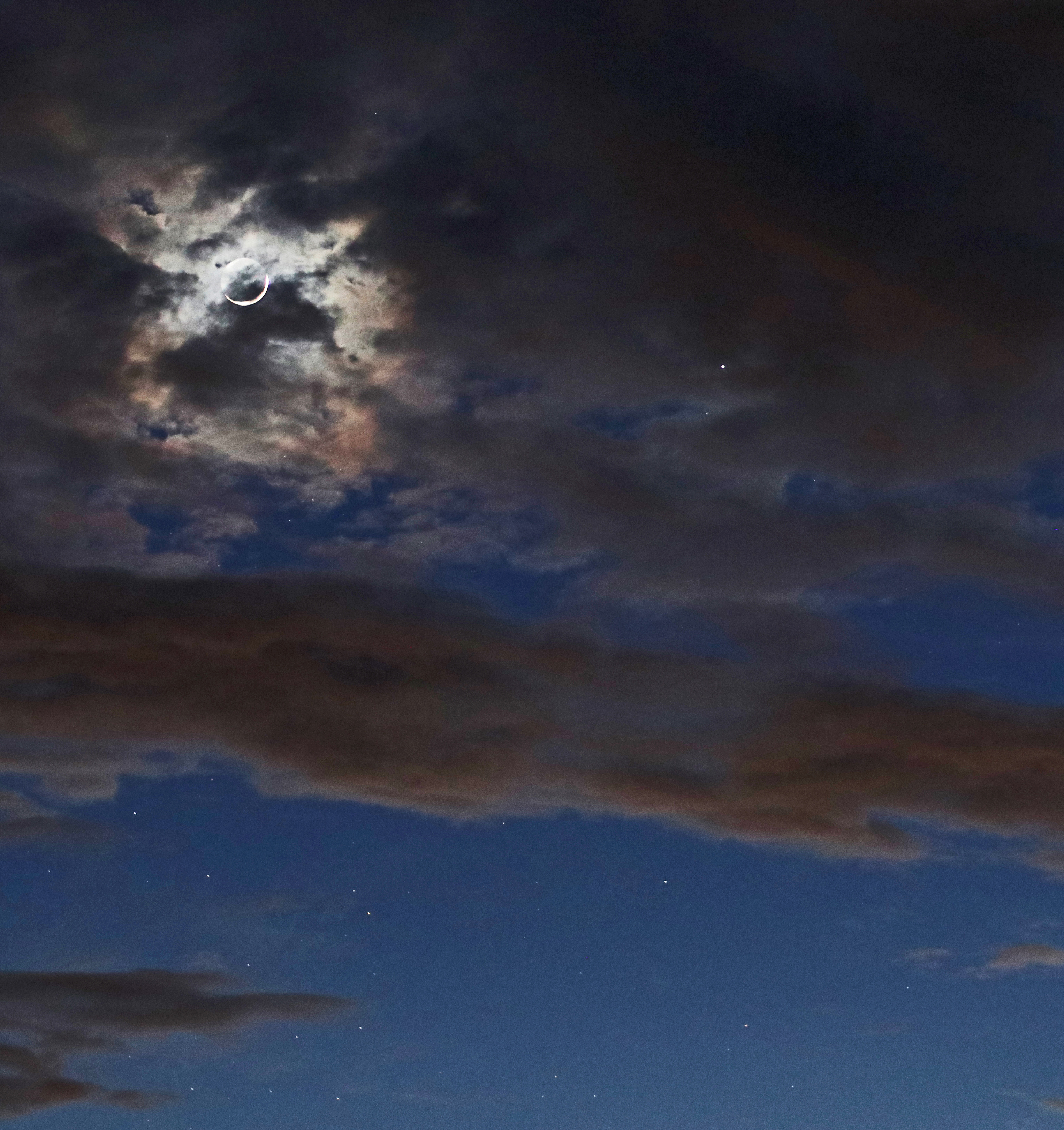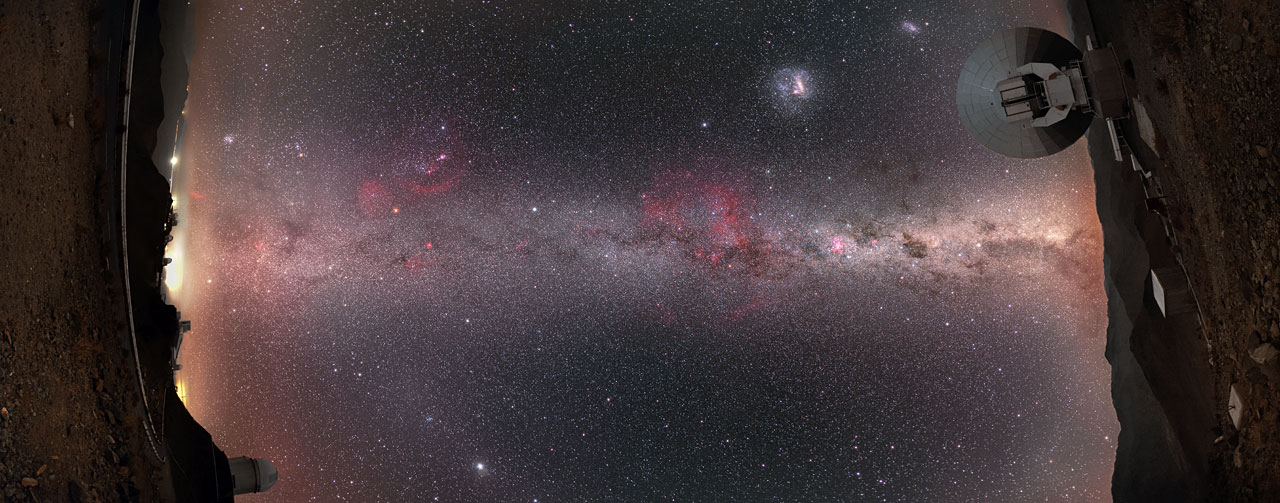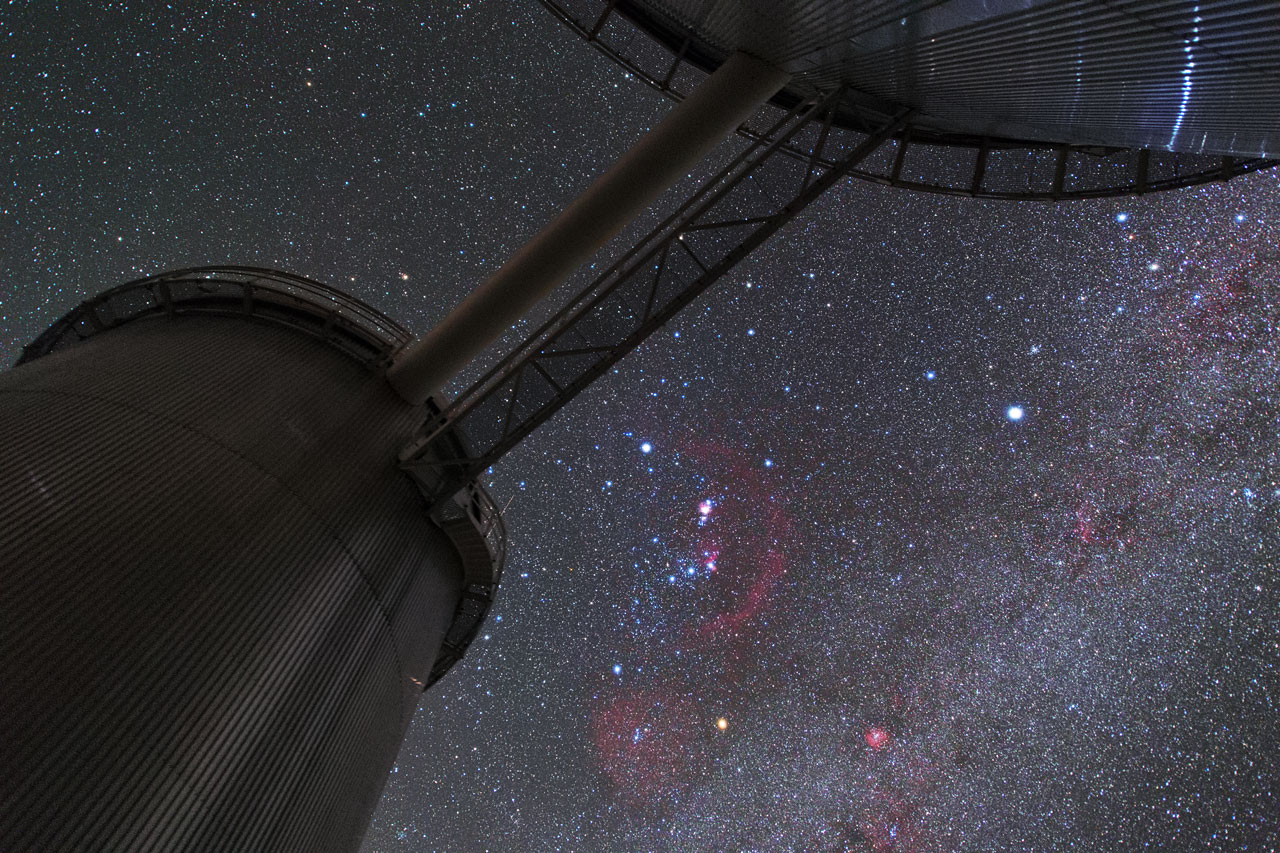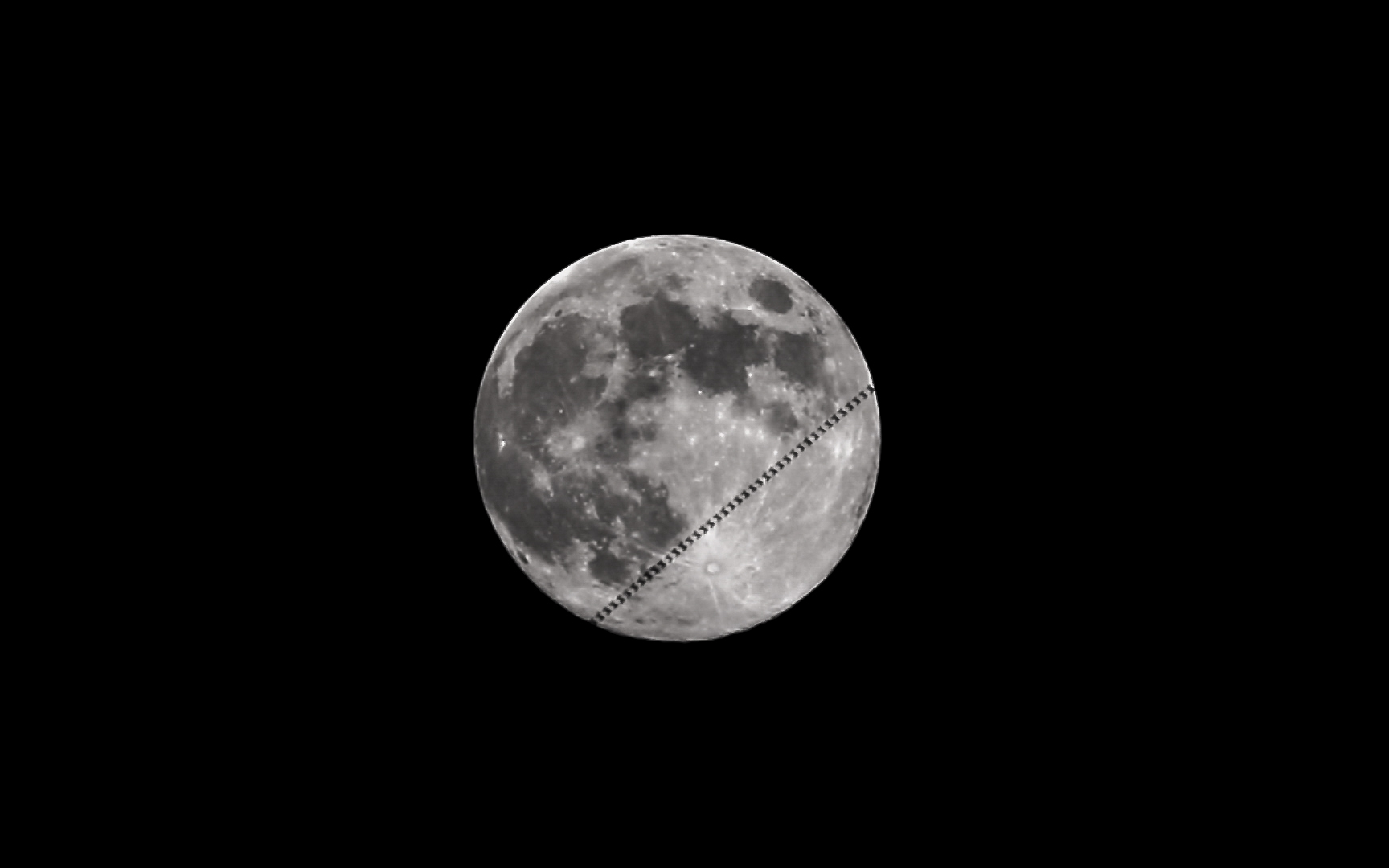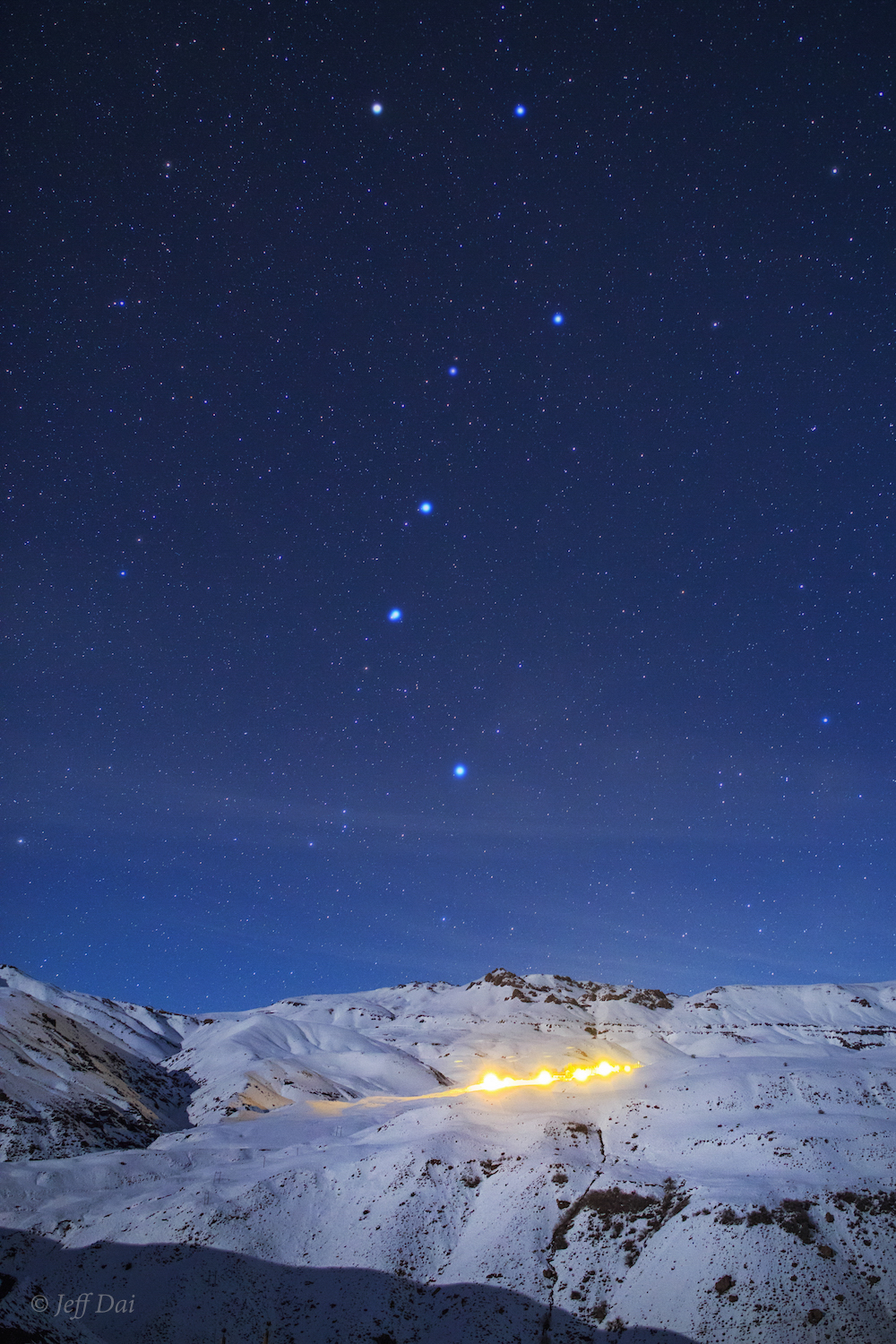The 100 Best Space Photos of 2018!
Galaxies Gleam Through Cosmic Dust
Countless stars and galaxies scatter across the cosmic field in this deep-space image by astrophotographer Terry Hancock. The large spiral galaxy near the center of the image is Messier 81, also known as Bode's Galaxy. Just below that is the Cigar Galaxy, Messier 82. Both are located around 12 million light-years away from Earth in the constellation Ursa Major. These galaxies are seen through the faint haze of the Integrated Flux Nebula, a vast screen of interstellar dust and gas illuminated by the stars of the Milky Way.
Colorful Skies Above the Very Large Telescope
The Milky Way arcs over a colorful sky in this starry scene from the European Southern Observatory in northern Chile. A faint, green airglow illuminates the night sky above the Very Large Telescope, an array consisting of four individual telescopes. To the left of the telescope in the center of this view are the Magellanic Clouds, two satellite galaxies outside the Milky Way. To its right is the constellation of Orion the Hunter.
Conjunction of the Moon and Venus
Two days after the new moon of May, a thin sliver of the waning crescent moon joined the bright planet Venus in the evening sky. Astrophotographer Victor Rogus captured this photo of their conjunction from Arcadia, Florida on May 17, 2018 as the moon passed about 6 degrees south of Venus. "The pair struggled for my attention through mostly cloudy Florida skies," Rogus said. "Still, a very beautiful sight in the west as the sky darkened."
A Galactic 'Bridge' Shimmers Over La Silla
The Milky Way and other celestial objects light up the sky over the La Silla observatory in Chile in this panorama by European Southern Observatory (ESO) photo ambassador Petr Horálek. In this unique view, the Milky Way appears to form a bridge between two of La Silla's telescopes: the ESO 3.6-meter telescope (left) and the Swedish-ESO Submillimeter Telescope. Also visible are two neighboring galaxies known as the Large and Small Magellanic Clouds (top right), the Gum Nebula (center) and Jupiter (lower left).
Barnard's Loop
In this star-speckled view from the La Silla Observatory in northern Chile, a red emission nebula known as Barnard's Loop appears as a half-circle around the Orion Nebula. Located in the center of Orion's sword in the constellation of Orion the Hunter, the Orion Nebula is a bright cloud of ionized gas that resembles a star when viewed without a telescope.
Conjunction of the Moon and Venus
Venus snuggles up to the waxing crescent moon as the two celestial bodies aligned for their seventh conjunction of the year on July 15. Photographer Sashim Gardner captured this photo of their close approach from Sacramento, California.
Space Station Crosses the Blue Moon
The International Space Station flies in front of the last Blue Moon of 2018 in this photo by Fred Pompei. He created this composite using images he captured on the evening of March 31, 2018 in St. Charles, Michigan. [In Photos: The Last 'Blue Moon' of 2018
Breaking space news, the latest updates on rocket launches, skywatching events and more!
The Big Dipper
The Big Dipper twinkles over the snow-covered Alborz mountain range in Iran in this image by astrophotographer Jeff Dai. Located in the constellation Ursa Major, the Big Dipper is one of the most easily recognizable asterisms in the night sky.
Total Lunar Eclipse of July 28, 2018 from the ISS
German astronaut Alexander Gerst of the European Space Agency captured this photo of the total lunar eclipse of July 27, 2018 from the International Space Station. "Caught the Moon leaving Earth's core shadow, just before setting over the South Atlantic," he tweeted. "Last photo of the #LunarEclipse taken from #ISS." [Longest Lunar Eclipse of the Century Dazzles Skywatchers]
Milky Way and Its Cosmic Neighbors Sparkle Over La Silla
The colorful arc of the Milky Way curves over the La Silla Observatory in the Chilean Atacama Desert in this photo by European Southern Observatory (ESO) photographer Petr Horálek. Below the arc are the Magellanic Clouds, two of the Milky Way's neighboring dwarf galaxies. Jupiter glows big and bright on the right side of the image, just above the ESO 3.6-meter optical telescope. The shiny silver telescope on the left is the Swedish-ESO Submillimeter Telescope, which was decommissioned in 2003.

Hanneke Weitering is a multimedia journalist in the Pacific Northwest reporting on the future of aviation at FutureFlight.aero and Aviation International News and was previously the Editor for Spaceflight and Astronomy news here at Space.com. As an editor with over 10 years of experience in science journalism she has previously written for Scholastic Classroom Magazines, MedPage Today and The Joint Institute for Computational Sciences at Oak Ridge National Laboratory. After studying physics at the University of Tennessee in her hometown of Knoxville, she earned her graduate degree in Science, Health and Environmental Reporting (SHERP) from New York University. Hanneke joined the Space.com team in 2016 as a staff writer and producer, covering topics including spaceflight and astronomy. She currently lives in Seattle, home of the Space Needle, with her cat and two snakes. In her spare time, Hanneke enjoys exploring the Rocky Mountains, basking in nature and looking for dark skies to gaze at the cosmos.
